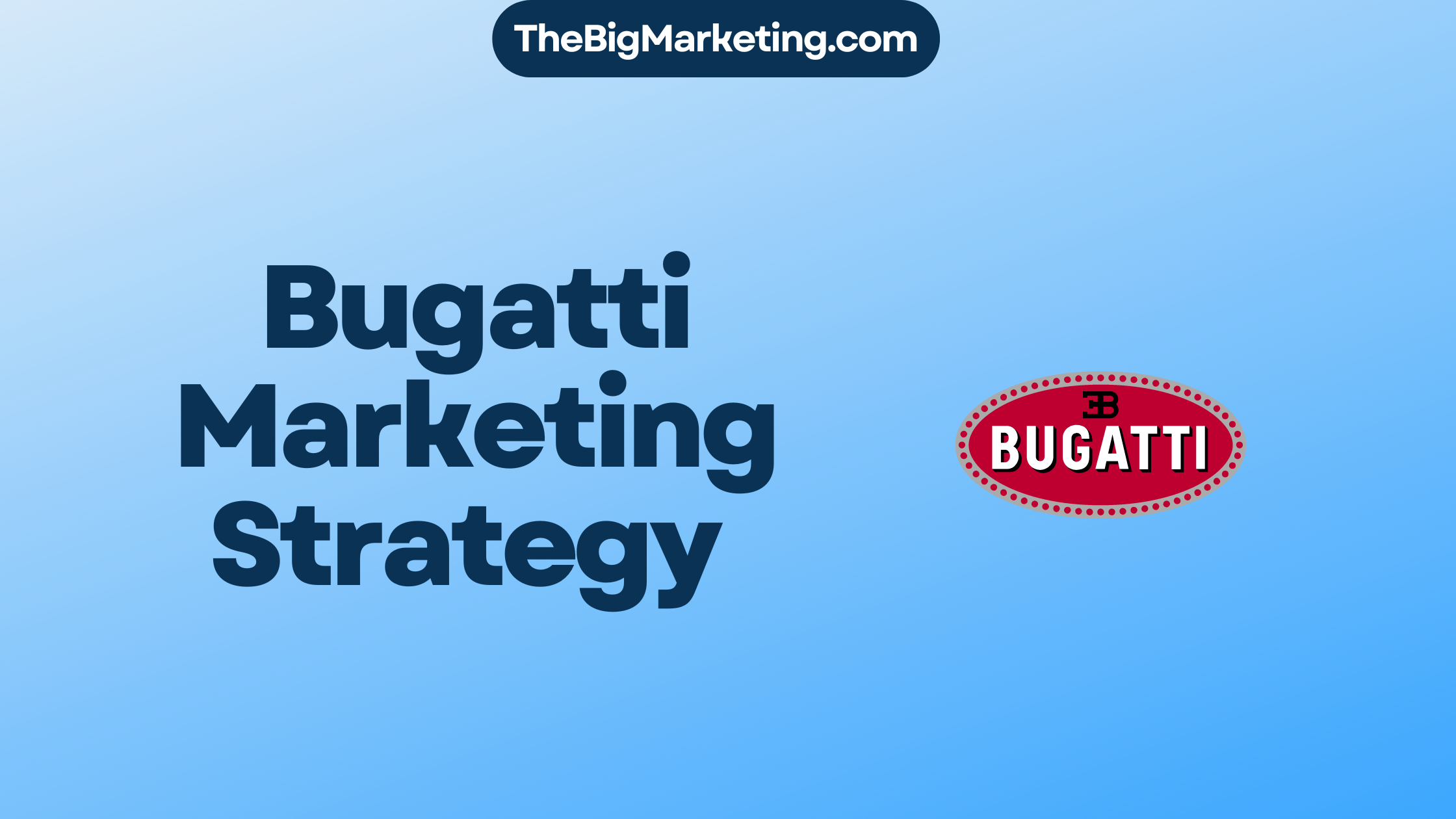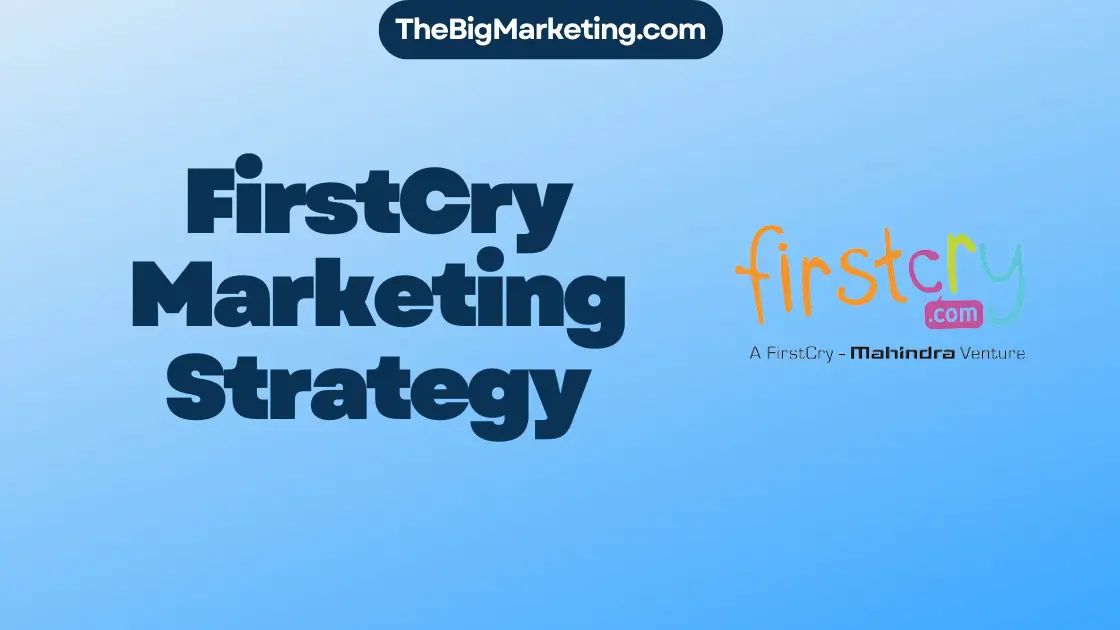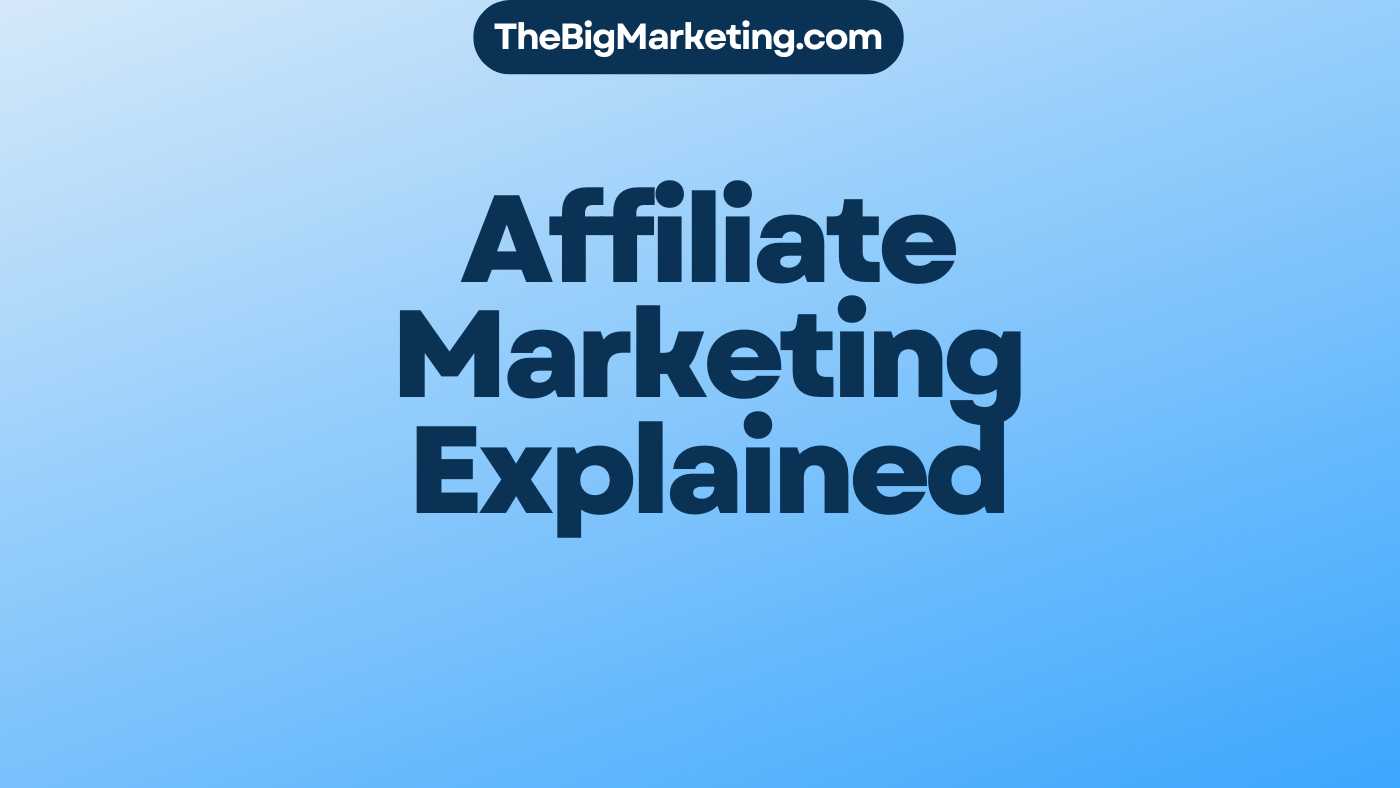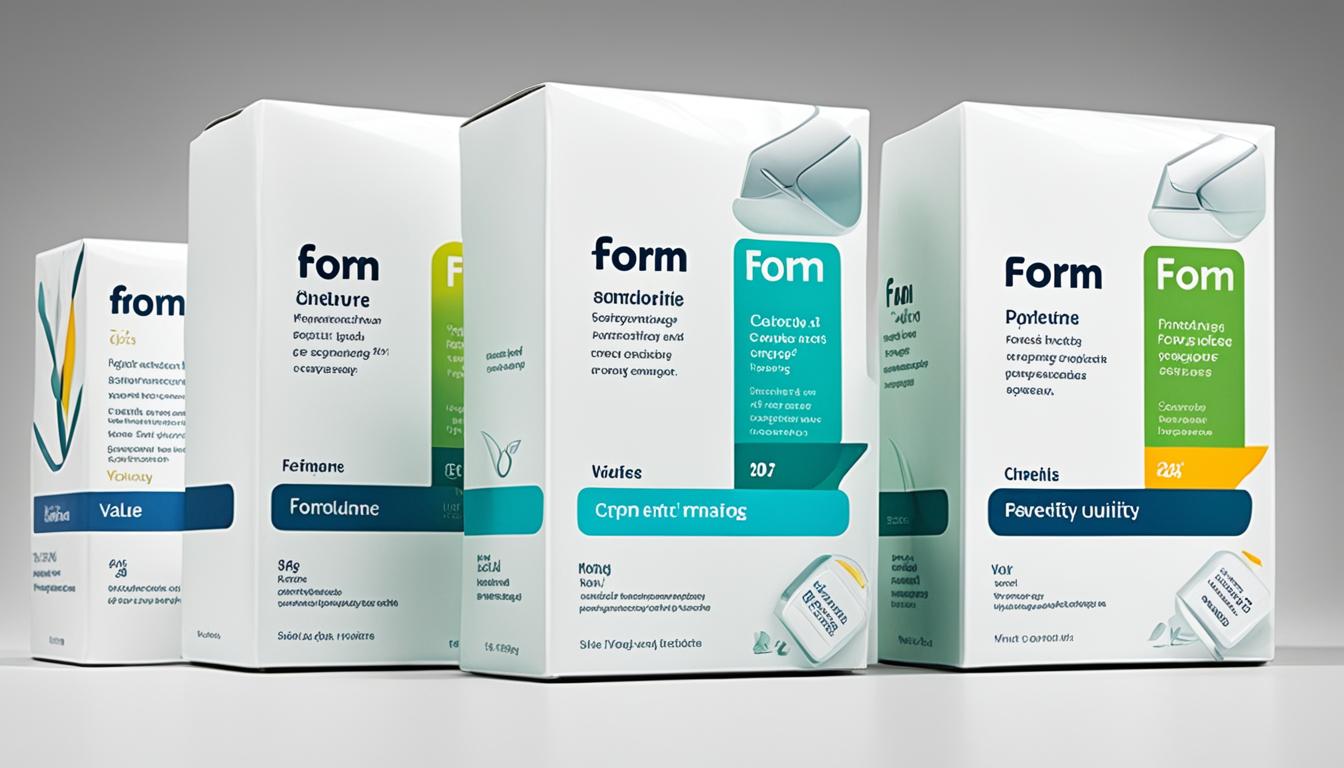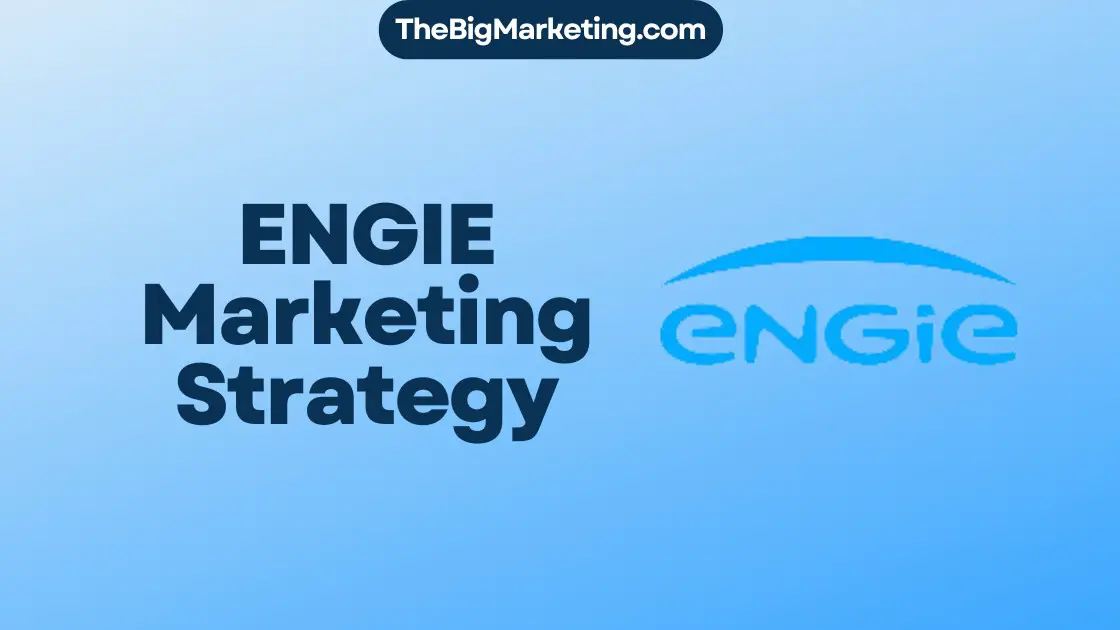In this case study, we will explore the refined Lilly Marketing Strategy for 2024, focusing on the key elements of their approach. We will delve into their innovative pharma marketing tactics, effective branding in healthcare, and how they have shaped the pharmaceutical industry. Throughout this article, we will analyze the data and insights from different sources to understand the success of Lilly’s marketing strategy in 2024.
Key Takeaways:
- Lilly’s marketing strategy for 2024 has been refined to achieve success in the pharmaceutical industry.
- Their approach includes innovative pharma marketing tactics and effective branding in healthcare.
- Lilly’s marketing strategy has helped shape the pharmaceutical industry and drive business growth.
- Analysis of data and insights demonstrates the effectiveness of their approach.
- The success of Lilly’s marketing strategy can serve as inspiration for other companies in the healthcare industry.
History and Legacy of Eli Lilly
Founded in 1876, Eli Lilly has established itself as a prominent pharmaceutical company in the global healthcare landscape. With a commitment to scientific innovation and breakthrough drugs, they have left an indelible mark on the industry.
Eli Lilly’s legacy is built on a history of introducing life-changing medications. They are responsible for developing revolutionary drugs, such as insulin for diabetes, penicillin for infections, and Prozac for mental health. These breakthroughs have transformed healthcare and improved countless lives around the world.
Driven by a strong brand strategy, Eli Lilly has continuously pushed the boundaries of pharmaceutical research and development. Their commitment to innovation has positioned them as leaders in the industry, shaping the healthcare landscape for over a century.
Eli Lilly: A Legacy of Innovation and Impact
Eli Lilly, a renowned pharmaceutical company, has left an indelible mark on the healthcare industry through its commitment to innovation and impactful initiatives. Beyond their invaluable contributions to the development of medications, Eli Lilly has actively supported healthcare research and education by collaborating with esteemed institutions and organizations.
One significant aspect of Eli Lilly’s philanthropic endeavors is their focus on making healthcare more accessible and affordable. Through various initiatives and partnerships, they strive to break down barriers to care, ensuring that patients receive the treatments they need. This patient-centered approach has garnered them respect and trust among both healthcare professionals and the general public.
Collaborating with healthcare professionals is another vital aspect of Eli Lilly’s strategy. By nurturing strong partnerships with healthcare providers, researchers, and educators, they can collectively drive advancements in patient care and medical knowledge. These partnerships facilitate the exchange of ideas, expertise, and resources, leading to innovative breakthroughs and better patient outcomes.
Eli Lilly’s commitment to healthcare research and philanthropy is a testament to their dedication to improving lives. By leveraging their expertise, resources, and vast network of partnerships, they have fostered a culture of innovation, collaboration, and patient-centered care.
Overcoming Challenges in the Industry
Like any prominent player in the pharmaceutical industry, Eli Lilly has faced its share of challenges. One of the significant hurdles they encountered was the expiration of key patents, which impacted their market position and revenue streams. However, the company took proactive measures to overcome these challenges and maintain its competitive edge.
Recognizing the importance of staying ahead of emerging trends, Eli Lilly made strategic investments in marketing analytics and market research. By harnessing the power of data-driven insights, they were able to identify emerging market opportunities and effectively position their products to address evolving customer needs.
Through the use of marketing analytics, Eli Lilly gained valuable insights into consumer behavior, allowing them to make informed decisions and optimize their marketing strategies. They were able to identify target segments, refine messaging, and allocate resources efficiently.
Furthermore, market research helped Eli Lilly gain a deep understanding of the healthcare landscape, competition, and patient needs. Armed with this knowledge, they developed tailored approaches to product development, branding, and customer engagement.
By investing in these critical areas, Eli Lilly was able to navigate the challenges posed by the expiration of key patents. Their strategic use of marketing analytics and market research enabled them to adapt swiftly to market changes, maintain a competitive position, and drive sustainable growth in the pharmaceutical industry.
Benefits of Marketing Analytics and Market Research
The integration of marketing analytics and market research into Eli Lilly’s business strategy has yielded numerous benefits:
- Identification of emerging market trends and customer demands
- Enhanced understanding of target audiences and their preferences
- Optimized marketing strategies and resource allocation
- Improved product positioning and differentiation
- Increased customer satisfaction and loyalty
Through the implementation of these data-driven practices, Eli Lilly has solidified its position as a leader in the pharmaceutical industry.
Investing in Innovation and Differentiation
To stay ahead in a competitive industry like the pharmaceutical sector, Eli Lilly prioritizes innovation and differentiation in their business strategies. They understand the importance of continuously researching and developing new drugs to meet unmet medical needs and stay ahead of market trends. By investing in research and development (R&D), Eli Lilly aims to bring breakthrough treatments to patients and improve healthcare outcomes.
Eli Lilly’s commitment to innovation goes beyond their internal capabilities. They actively seek strategic partnerships with academic institutions, research organizations, and industry experts. These collaborations foster a collaborative environment where groundbreaking ideas are shared, scientific knowledge is advanced, and innovative solutions are developed. By leveraging the expertise and resources of these strategic partners, Eli Lilly can accelerate the discovery and development of cutting-edge therapies.
Furthermore, these partnerships facilitate the exchange of ideas and insights, enabling Eli Lilly to gain valuable perspectives and stay at the forefront of industry trends. By staying connected to the broader scientific community, Eli Lilly can proactively anticipate future medical needs and address them with groundbreaking treatments.
One example of Eli Lilly’s commitment to innovation and differentiation is their partnership with top-tier academic institutions like the Massachusetts Institute of Technology (MIT). Through collaborations with institutions of this caliber, Eli Lilly gains access to the latest research and expertise in diverse fields ranging from biomedical engineering to computational biology. This allows them to leverage state-of-the-art technologies and scientific advancements to drive drug discovery and development.
By investing in innovation and establishing strategic partnerships, Eli Lilly demonstrates their unwavering commitment to advancing healthcare and improving patients’ lives. Their emphasis on research and development, coupled with external collaborations, positions them as a pioneer in the pharmaceutical industry.
| Benefits of Investing in Innovation and Differentiation | Eli Lilly’s Approach |
|---|---|
| Gaining a competitive edge | Eli Lilly invests in cutting-edge research and development to stay ahead of competitors in the pharmaceutical industry. |
| Addressing unmet medical needs | Eli Lilly’s focus on innovation allows them to develop novel drugs that target diseases and conditions with limited treatment options. |
| Anticipating market trends | Through strategic partnerships and industry collaborations, Eli Lilly gains insights into emerging healthcare trends and can adjust their R&D efforts accordingly. |
| Enhancing patient outcomes | By investing in innovation and differentiation, Eli Lilly develops groundbreaking treatments that can improve the quality of life for patients. |
Anchoring Success through Strategic Decision Making
One of the key factors contributing to Eli Lilly’s success is their strategic decision-making process. By incorporating data-driven insights and leveraging marketing analytics, the company is able to optimize their marketing strategies and stay ahead of the competition in the pharmaceutical landscape.
Through a comprehensive analysis of market trends and consumer behavior, Eli Lilly is able to make informed decisions that drive sustainable growth. By understanding the needs and preferences of their target audience, they are able to develop targeted marketing strategies that resonate with their customers.
This data-driven approach allows Eli Lilly to identify emerging opportunities and adapt their marketing efforts accordingly. It enables them to effectively position their products and communicate their value proposition to healthcare professionals and patients.
The Role of Data-Driven Insights
Data-driven insights play a crucial role in Eli Lilly’s strategic decision-making process. By closely monitoring market trends, customer feedback, and competitive intelligence, the company is able to gain a deeper understanding of the pharmaceutical industry and identify areas for growth and improvement.
With access to robust data, Eli Lilly can evaluate the effectiveness of their marketing campaigns and make data-backed decisions. This includes measuring the success of different marketing strategies, tracking the return on investment (ROI), and identifying areas where adjustments are needed.
By analyzing data, Eli Lilly can also identify new opportunities for innovation and differentiation. They can uncover unmet needs in the market and develop products and services that address these needs, giving them a competitive edge.
Optimizing Marketing Strategies
Eli Lilly’s strategic decision-making process extends to their marketing strategies. By leveraging data-driven insights, the company can optimize their marketing mix to reach their target audience more effectively.
Through careful analysis, Eli Lilly can determine the most appropriate channels and tactics to engage with their customers. This includes utilizing digital marketing platforms, social media, and online communities to build brand awareness and foster meaningful connections with healthcare professionals and patients.
In addition, data-driven insights enable Eli Lilly to personalize their marketing efforts, tailoring messages and content to specific segments of their target audience. By delivering personalized experiences, they can create stronger brand loyalty and drive customer satisfaction.
Driving Sustainable Growth
Ultimately, Eli Lilly’s strategic decision-making process, supported by data-driven insights, allows them to drive sustainable growth in the pharmaceutical industry. By continuously analyzing market dynamics, consumer behavior, and industry trends, they can adapt their strategies to remain competitive in a rapidly evolving landscape.
By making informed decisions and optimizing their marketing efforts, Eli Lilly can enhance their brand reputation, increase market share, and achieve long-term business success.
Innovative Approaches in Marketing
Eli Lilly, a leading pharmaceutical company, understands the immense potential of digital marketing in the healthcare industry. They have embraced innovative approaches to reach their target audience and adapt their marketing strategies accordingly. Leveraging digital platforms, social media, and online forums, Eli Lilly actively engages with consumers, fostering a sense of community and providing valuable information. This enables them to stay connected with their stakeholders and build brand loyalty.
Digital marketing allows Eli Lilly to communicate their brand message effectively and showcase their commitment to patient care. By utilizing social media platforms, they can create engaging content that educates, informs, and inspires their followers. From sharing stories of patient experiences to providing updates on breakthrough treatments, Eli Lilly leverages social media to connect with their audience on a deeper level.
Through online forums, Eli Lilly encourages open discussions about health conditions and treatment options, creating a space for patients, caregivers, and healthcare professionals to share their experiences and insights. This collaborative approach not only helps patients make informed decisions but also provides Eli Lilly with valuable feedback on their products and services.
Collaborations for Accelerating Research and Development
In addition to their digital initiatives, Eli Lilly actively seeks external collaborations to accelerate research and development efforts. One notable example is their partnership with InnoCentive, a crowdsourcing platform that brings together a diverse network of experts from various industries. Through this collaboration, Eli Lilly taps into a global pool of talent and ideas, fostering innovation and accelerating the discovery of new treatments.
By collaborating with external partners, Eli Lilly gains access to fresh perspectives, novel methodologies, and groundbreaking innovations. This enables them to stay at the forefront of medical advancements and address unmet patient needs more effectively. These partnerships not only benefit Eli Lilly but also contribute to the overall progress of the pharmaceutical industry.
By embracing digital marketing, social media engagement, online forums, and external collaborations, Eli Lilly continues to drive innovation in the healthcare landscape. They understand that staying connected with their audience and leveraging insights from external networks are crucial for delivering impactful solutions and improving patient outcomes.
Continue reading to explore Eli Lilly’s international expansion and strategic partnerships in the next section.
International Expansion and Partnerships
Eli Lilly has successfully expanded its global presence through strategic partnerships, solidifying its position as a trusted player in the pharmaceutical industry. One notable collaboration is their partnership with Ranbaxy in India, a leading pharmaceutical company. This collaboration allowed Eli Lilly to tap into the local market and gain unique insights into the Indian healthcare landscape.
By leveraging Ranbaxy’s established network and expertise, Eli Lilly was able to navigate the complexities of the Indian market and establish a strong presence. This strategic partnership not only provided Eli Lilly with access to a broader customer base but also paved the way for cost-effective clinical trials and research.
In addition to the immediate benefits, the Ranbaxy collaboration contributed to Eli Lilly’s global brand recognition and reputation. Through this partnership, Eli Lilly demonstrated their commitment to expanding their reach and delivering innovative healthcare solutions. They also showcased their willingness to collaborate and engage with local stakeholders to address the specific healthcare needs of diverse markets.
This strategic partnership is a testament to Eli Lilly’s ability to form strategic alliances and adapt to different market dynamics. By forging partnerships with reputable companies like Ranbaxy, Eli Lilly continues to reinforce its global presence and strengthen its position as a leader in the pharmaceutical industry.
| Benefits of Eli Lilly’s International Partnerships | Description |
|---|---|
| Access to local markets | Eli Lilly gains entry into new markets through partnerships, allowing them to expand their customer base and increase market share. |
| Unique insights | Collaborating with local partners provides Eli Lilly with valuable insights into regional healthcare landscapes, helping them tailor their products and strategies to specific markets. |
| Cost-effective trials and research | Partnerships enable Eli Lilly to conduct clinical trials and research more efficiently and affordably, optimizing their resources and accelerating innovation. |
| Global brand recognition | Through strategic partnerships, Eli Lilly enhances its global brand recognition and solidifies its reputation as a trusted pharmaceutical company. |
Figure: Eli Lilly’s Global Expansion
The image above visually represents Eli Lilly’s global expansion through strategic partnerships.
Lessons from Lilly Marketing Case Studies
When it comes to understanding “what good looks like” in pharma marketing, there is much to be learned from the successful case studies of Lilly. These case studies highlight the importance of various strategies and approaches that have driven their marketing success.
Brand Differentiation
Lilly’s case studies emphasize the significance of brand differentiation in a competitive market. By developing a unique value proposition and effectively communicating it to their target audience, Lilly has successfully positioned their products apart from the competition.
Personalized Marketing
Personalization has emerged as a crucial aspect of successful pharma marketing. Lilly’s case studies showcase how personalized marketing campaigns have allowed them to connect with individual consumers on a deeper level. By tailoring their messages and content to meet the specific needs and preferences of their target audience, Lilly has achieved higher engagement and conversion rates.
Social Media Campaigns
Social media has become an indispensable tool for pharma marketers, and Lilly’s case studies highlight their effective use of social platforms. By leveraging social media channels, Lilly has not only increased brand visibility but also fostered meaningful connections with their audience. They have created engaging and educational content, encouraged user-generated content, and utilized social listening to gain insights and improve their marketing strategies.
Unbranded Campaigns
The power of unbranded campaigns is evident in Lilly’s case studies. By focusing on educating and raising awareness rather than promoting specific products, Lilly has successfully positioned themselves as trusted authorities in their therapeutic areas. Unbranded campaigns allow them to connect with patients and healthcare professionals on a deeper level, establishing credibility and driving long-term brand loyalty.
Overall, the case studies from Lilly demonstrate the importance of measurable business results and delivering value for brands in pharma marketing. Through brand differentiation, personalized marketing, social media campaigns, and unbranded approaches, Lilly has successfully captured the attention of their target audience, built strong connections, and achieved remarkable marketing success.
The Impact of Lilly Marketing Strategies
Through their refined Lilly Marketing Strategy, Eli Lilly has achieved significant business results, including revenue growth and increased market awareness. Their strategic approach and innovative tactics have established a strong brand presence in the pharmaceutical industry.
Revenue Growth
Eli Lilly’s marketing strategies have played a crucial role in driving revenue growth. By effectively promoting their products and engaging with target audiences, they have increased sales and market share. The success can be attributed to their creative advertising campaigns, digital engagement initiatives, and a focus on delivering value to customers.
Improved Market Awareness
One of the key achievements of the Lilly Marketing Strategy is improved market awareness. Through their marketing efforts, Eli Lilly has successfully positioned themselves as a trusted and reliable pharmaceutical company. Their strategic messaging, branding, and advertising campaigns have effectively communicated their value proposition to healthcare professionals, patients, and stakeholders.
To enhance market awareness, Eli Lilly has leveraged various channels, including digital marketing, social media, and partnerships with healthcare professionals. By adopting a holistic approach, they have been able to reach a wide audience and create a strong brand presence.
Strong Brand Presence
Eli Lilly’s marketing strategies have contributed to the establishment of a strong brand presence in the pharmaceutical industry. Through their patient-centric campaigns and efforts to build trust, they have successfully differentiated themselves from competitors. Their branding tactics, such as highlighting their commitment to innovation and patient care, have resonated with audiences and positioned them as a leader in the industry.
Their strong brand presence has not only increased market awareness but has also fostered customer loyalty and trust. By consistently delivering on their brand promises, Eli Lilly has built long-term relationships with healthcare professionals and patients.
| Key Achievements | |
|---|---|
| Revenue Growth | Increased sales and market share through effective marketing efforts. |
| Improved Market Awareness | Successfully positioned as a trusted and reliable pharmaceutical company. |
| Strong Brand Presence | Established a strong brand presence through patient-centric campaigns and branding tactics. |
Conclusion
Eli Lilly’s marketing strategy in 2024 exemplifies the power of effective branding and innovative marketing tactics in the pharmaceutical industry. Through strategic decision making and a strong focus on customer needs, Lilly has successfully positioned itself as a leader in the market.
By continuously adapting to marketing trends and leveraging digital platforms, Lilly has effectively engaged with consumers and built a strong brand presence. Their commitment to delivering value and personalized marketing strategies has resulted in notable business results, including increased revenue and improved market awareness.
As the pharmaceutical industry continues to evolve, Lilly’s approach serves as an inspiration for other companies looking to achieve similar success. By embracing creativity, data-driven insights, and a patient-centric mindset, brands can establish a strong market presence and drive sustainable growth.
